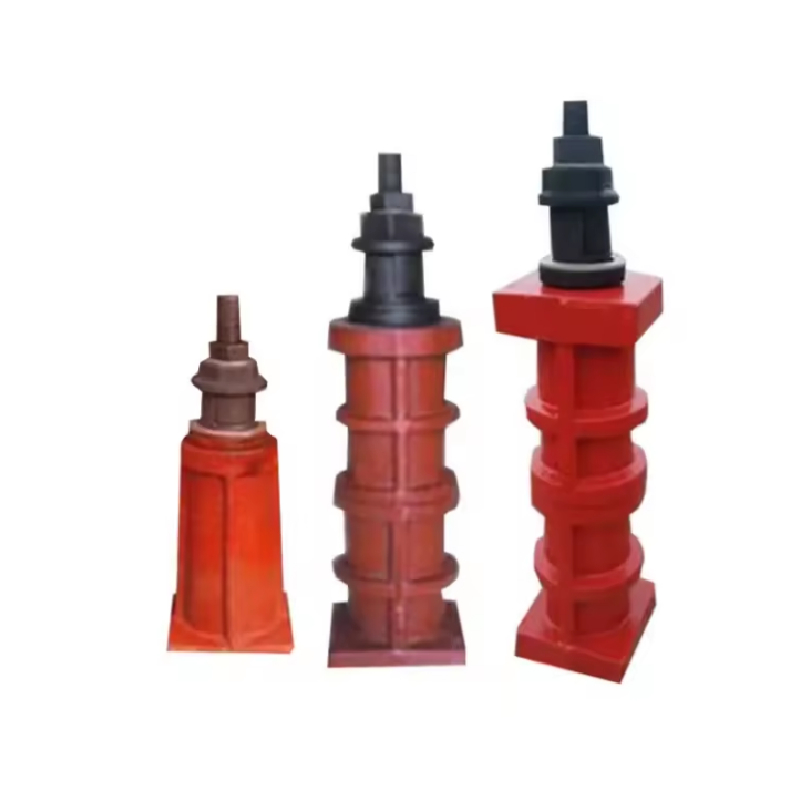Dec . 19, 2024 06:48 Back to list
Factors Influencing the Cost of Butterfly Valves in Industrial Applications
Understanding the Cost of Butterfly Valves
Butterfly valves are a popular choice in various industrial applications due to their simplicity, cost-effectiveness, and reliability. They are widely used in water treatment, chemical processing, HVAC systems, and other fluid control systems. When considering the installation or replacement of butterfly valves, understanding the cost implications is crucial for budgeting and project planning. In this article, we will explore the factors that influence the cost of butterfly valves and provide insights to help you make informed decisions.
Factors Affecting Butterfly Valve Costs
1. Material Selection The material used in the construction of a butterfly valve significantly impacts its price. Common materials include cast iron, stainless steel, and PVC. For instance, while PVC valves are generally less expensive, they may not be suitable for high-temperature or high-pressure applications. Stainless steel, known for its durability and resistance to corrosion, comes with a higher price tag but may be necessary for certain environments. Choosing the right material based on the application's specific needs is essential for cost-effectiveness.
Understanding the Cost of Butterfly Valves
3. Design and Type Butterfly valves come in various designs, including lug type, wafer type, and double-flanged types. Each design serves different purposes and offers distinct advantages and disadvantages, which can also affect the pricing. For example, lug type valves may be more expensive due to their extra features and versatility compared to standard wafer-type valves.
butterfly valve cost

4. Actuation and Automation The method of actuation also influences costs. Manual butterfly valves are typically less expensive than those requiring electric or pneumatic actuators. Automated valves, while providing operational convenience and efficiency, can significantly increase initial costs. Evaluating whether automation will truly benefit your operations is crucial in budgeting for these valves.
5. Brand and Supplier The brand reputation and the supplier's pricing strategy can lead to variations in costs. Established manufacturers may offer higher-quality products but at a premium price. Conversely, lesser-known brands might provide cost savings but could potentially result in lower performance or longevity. Researching suppliers’ reliability and customer reviews can assist in making a balanced decision between cost and quality.
6. Installation and Maintenance Beyond the initial purchase price, installation costs should also be considered. Proper installation is critical for ensuring the valve operates efficiently and safely. Hiring professional services may increase upfront costs but can prevent future expenses associated with improper installation. Furthermore, maintenance is a recurring cost that should not be overlooked. Choosing a valve that requires minimal maintenance can save money in the long run.
Conclusion
In summary, the cost of butterfly valves varies widely depending on factors like material, size, design, actuation type, brand, and installation requirements. Understanding these elements allows businesses and individuals to make informed decisions that fit their specific needs and budgets. By conducting thorough research and consulting with industry experts, you can select the right butterfly valve that offers the perfect balance between cost and functionality, ensuring efficient operation for your fluid control systems.
-
Precision Manufacturing with Advanced Spline Gauge DesignNewsJul.31,2025
-
Industrial-Grade Calibrated Pin Gauges for Exact MeasurementsNewsJul.31,2025
-
Industrial Filtration Systems Depend on Quality Filter DN50 SolutionsNewsJul.31,2025
-
High-Performance Gate Valve WholesaleNewsJul.31,2025
-
Granite Surface Plate The Ultimate Solution for Precision MeasurementNewsJul.31,2025
-
Granite Industrial Tools The Ultimate Guide for Bulk BuyersNewsJul.31,2025
Related PRODUCTS









